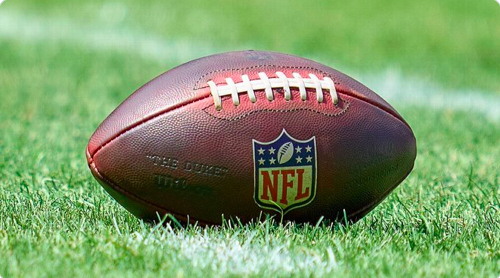Astros rookie catcher Max Stassi only played in the big leagues last week because starter Carlos Corporan was shelved on the MLB seven-day concussion disabled list. That same week, the concussion DL saw as many as five catchers on the list, and that’s not including Stassi making his own appearance after just his second Major League game due to a fastball to the grill.
Stassi makes nine catchers to hit the concussion DL this season. Within the past month, Alex Aliva, John Jaso, Yorvit Torrealba, Salvador Perez, Ryan Doumit and Joe Mauer have all been sidelined by the injury, which points to an epidemic that deserves far more attention than Alex Rodriguez or Ryan Braun using performance enhancing drugs.
This is something baseball has been on top of for a while, going back to 2011 when the seven-day concussion specific DL was implemented. It was just several months before the first NFL concussion lawsuit was filed, and the season after eight MLB players spent time on the disabled list with either concussions or concussion like symptoms. That had been the most since 2005.
Baseball made efforts to address brain injuries in the calm before the storm, before there was a debate on whether football players should use the crown of their helmets, and even now with baseball in the shadows of sports-related concussion conversations.
The dangers for head trauma usually occur on the base paths, or if you’re Bryce Harper, running into wall chasing a fly ball. But catchers have to deal with those pesky foul tips to the facemask, which are no more common now than ever, yet the awareness is at an all-time high.
Ten years ago, a catcher gets hit in the facemask with a foul ball, or with a swung bat and no one really takes notice. It’s something teams and the league have to be conscious of now, especially after the 2013 catcher concussion season.
This was an insightful assessment from Aaron Gleeman at NBC Sports HarballTalk:
“Obviously plenty of non-catchers have had concussions too, but the rate at which catchers are suffering brain injuries this season is startling. At any given time there are somewhere between 60 and 75 catchers on MLB rosters and within the past 30 days around 15 percent of them have been on the disabled list specifically designed for concussions. MLB has made major strides in terms of concussion awareness and treatment in general, but it’s time to take a long look at the physical toll catching takes on someone’s brain before careers and lives are ruined.”
Gleeman’s right. There’s room for more research on this, and despite catchers not being the most glorified position in baseball, the game could stand to invest in it.
It’s not like there are ideas in place to slow the rate of foul tips off the face mask, or as if collisions in baseball are facing a critical look. This isn’t football, where the knee-jerk reaction is to figure out how to deter players from intentionally using or targeting the head.
The best the league can do is continue raising awareness on the issue, not just for the public, but mostly the players who are at highest risk. The impact would be on future players, kids in little league and high school right now.
Yankees catcher Francisco Cervelli is just another Biogenesis casualty on the bucket list at the moment, but perhaps his concussion history from 2009-2011 could shed light on the next generation of players behind the plate.
Cervelli sustained the first of his three documented concussions playing winter ball in Venezuela back in 2009. Then the next year, he was hit in the head by a pitch from Zech Zinicola, which led to the Yankees urging Cervelli to wear an oversized protective helmet. He didn’t really buy into it.
In 2011, Cervelli sustained his third concussion when he was protecting home plate and mauled by Nick Markakis. Just for perspective, here’s a guy in Cervelli, allegedly taking performance enhancing drugs in a game that’s essentially damaging his brain. While he may be complicit, that’s certainly a player safety issue to take into consideration.
These are the risks that have always been there, yet it still seems like we should be learning something from this.

